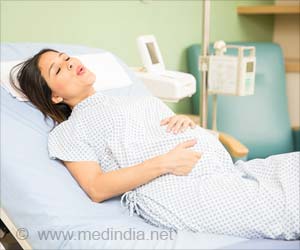Women in their 40s should be encouraged to decide whether breast screening is right for them, rather than being told what to do, argue two US experts in this week’s BMJ.
In April 2007, the American College of Physicians issued new guidelines on screening mammography for women aged 40-49. Rather than calling for universal screening, they recommend that women make an informed decision after learning about the benefits and harms of mammography.Reaction to these guidelines was muted, write authors Lisa Schwartz and Steven Woloshin, suggesting that the public and profession increasingly accept that cancer screening has both benefits and harms.
Perhaps we are finally moving beyond the debate about what women should do and are ready to focus on how to help women make the best decision for themselves, they say.
But no right choice exists, they explain, because screening has mixed effects – some women will benefit (by avoiding death from breast cancer) but others will be harmed by unnecessary treatment. So the next step is to ensure that women understand what is likely to happen if they do or do not undergo screening.
The data shows that in the US, for every 1000 women screened over the next 10 years less than one life will be “saved” for younger women and about three lives will be saved for older women.
But screening has several harms, say the authors. False positives – abnormalities detected at mammography that often cause women to undergo repeat testing (or perhaps biopsy) to rule out cancer - are the most familiar and can cause short term anxiety, inconvenience, and sometimes unnecessary biopsies. But they think that overdiagnosis is the most important harm of screening.
Advertisement
Calculating the chance of overdiagnosis is challenging, but the authors estimate that, for every 1000 women screened over the next 10 years, up to five aged 40-49 and up to nine aged 50 and over may be affected.
Advertisement
The new guideline is an improvement because it integrates informed decision making into policy recommendations, say the authors. Rather than telling women what they should do, policy makers should encourage women to make a decision that is right for them, they conclude.
Source-BMJ
VEN/M










